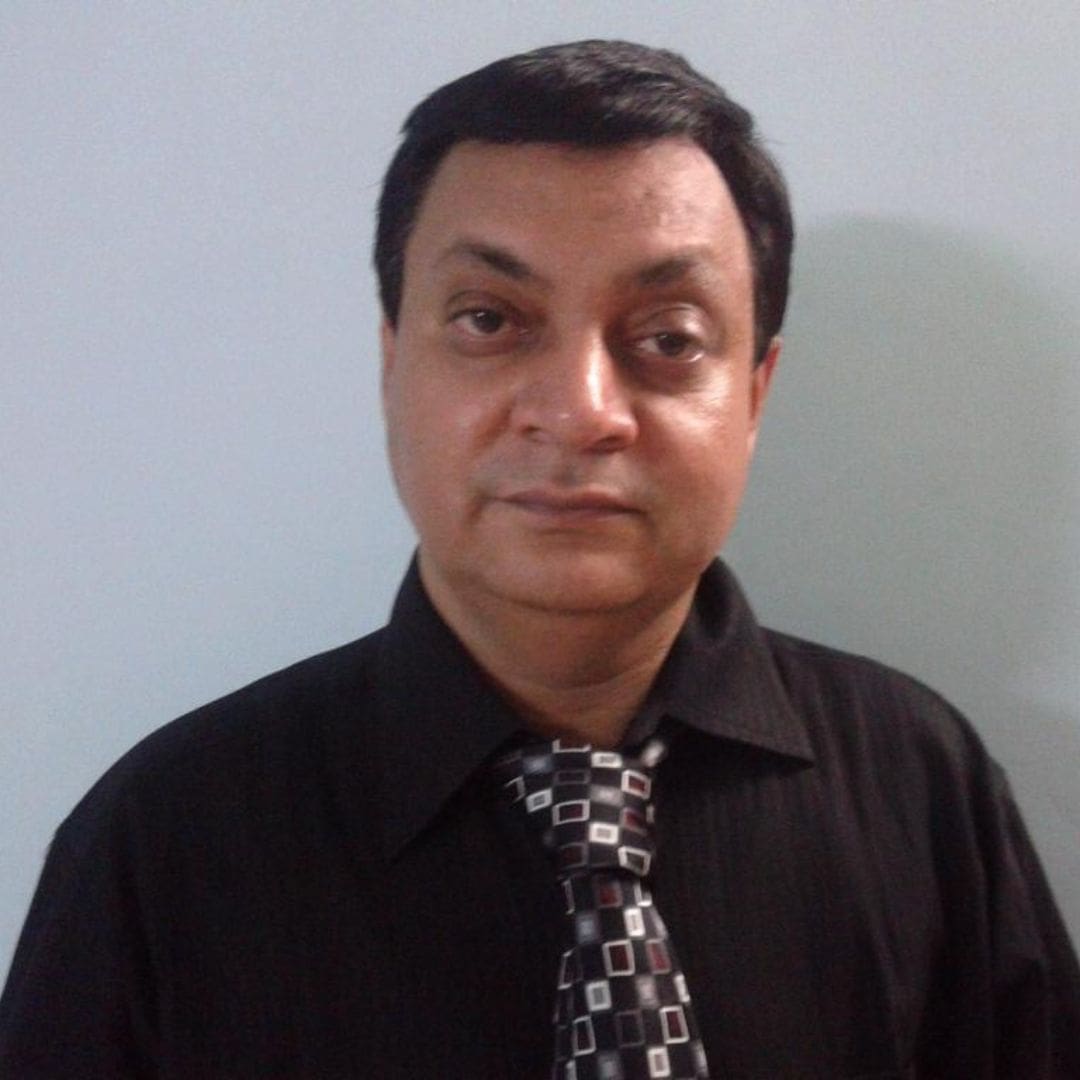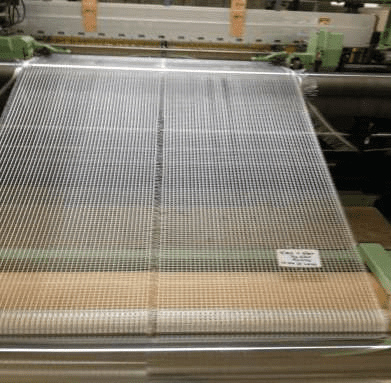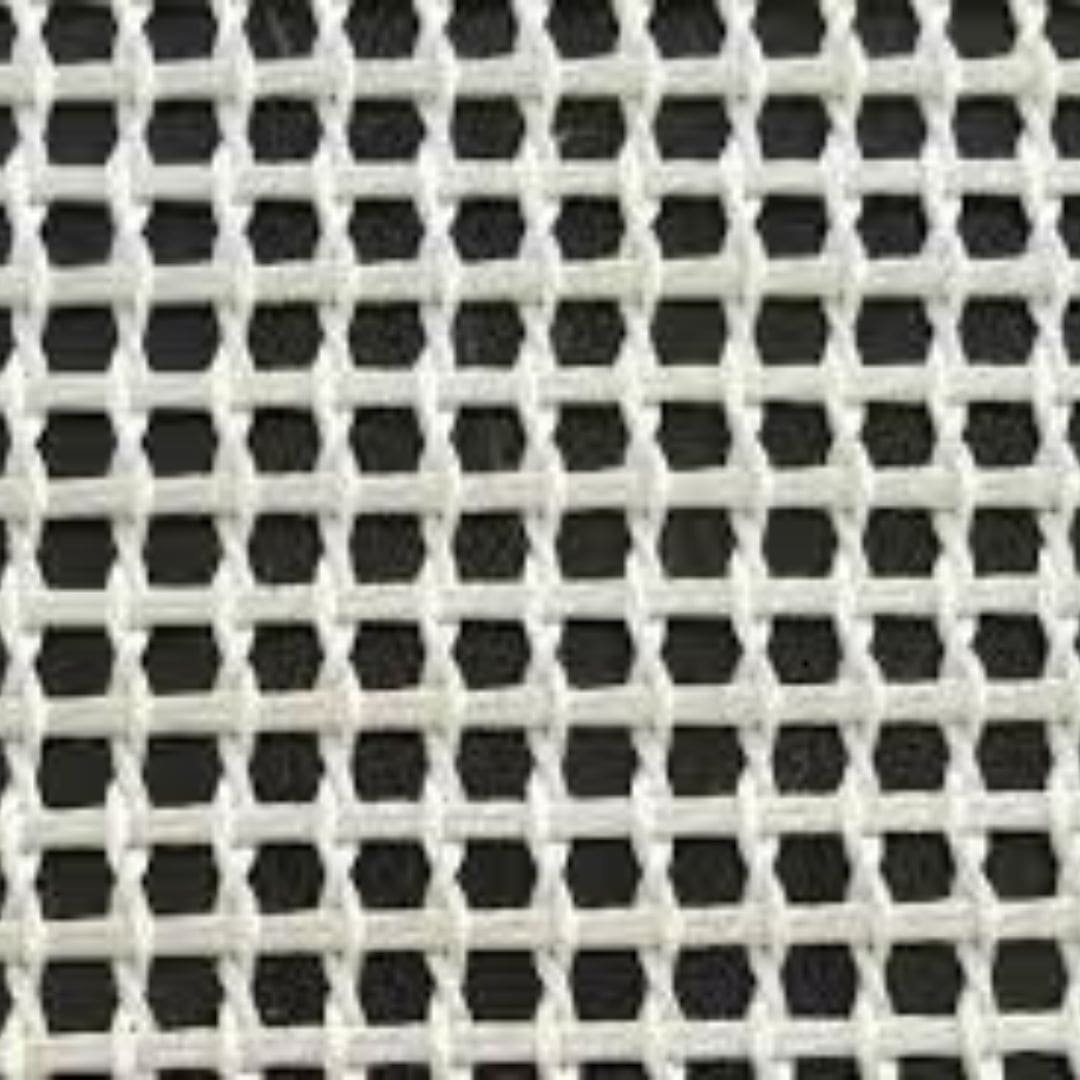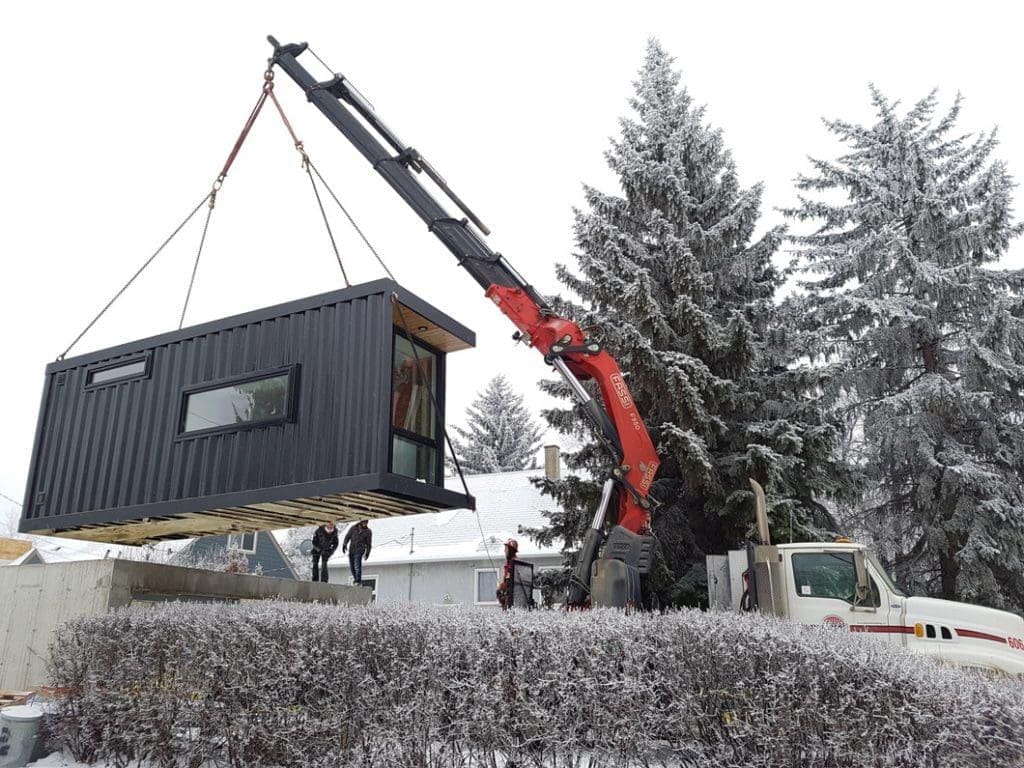



Pradeep Kulshrestha K K Misra Mayur Basuk Shishir Tyagi
Abstract
The paper presents the combination of aforesaid latest technologies that are being implemented for making road, pedestrian – Bridges for surface transportation as well as low cost and High strength low weight modular Housing on commercial scales under Technical Textiles and Composites application.
Keywords: Textile Reinforced Composites, Pultursion, Light weight Modular Houses
- Introduction
A composite material is a combination of a reinforcement material and a matrix. Reinforcement forms include fibers, particles, and flakes & it is the main load-bearing component and contribute for the strength and stiffness of the composite material. Woven, Knitted or Braided structure are the reinforcement material in the textile reinforced composites are [1,2]. Textile reinforcement for concrete is mesh like structures with fibers made of alkali resistant glass or carbon. Its casting is easy as it needs little machinery and manpower. TRC is a composite material consisting of rich cement enriched with chemicals, uniformly reinforced with one or more layers of textiles. The cement absorbs the compressive load and the textile reinforcement absorbs the tensile and shear stresses. It differs from conventional reinforced concrete or pre –stressed concrete. It has low self weight, non-corrosive reinforcement and formwork is avoided. Pultrusion is a cost effective way of making high stiffness hollow sections of composites. The advantages of pultruded composite material in applications include their lightweight, high strength, resistance to corrosion, and fast, easy installation. These properties make them competitive with standard bridge materials in situations where access and construction present difficulties. Pultruted materials can be designed to provide a wide range of flexural, impact, tensile and compressive strengths. They can be formed into any shape and color can be added to allow the structures to blend with most landscapes. Composites cost less than stainless or high carbon alloy steel components that might be used in highly corrosive environments [3,4].
- Material & Methods
2.1 Fabric Construction
Glass Leno Fabric was developed on Rapier looms having auxiliary attachment by Glass Roving. The parameters are as illustrated in the table appended below:
| Warp | Weft | Ends per Inch | Picks per Inch | Width in CM | Weave | Leno Size |
| 300 Tex Glass Roving | 300 Tex Glass Roving | 18 | 18 | 100 | Plain Leno | 10 x 10 mm
16×16 mm |


Fabric Weaving of Glass Leno Fabric
For cost effective Housing Wall can be made from Glass Leno fabric by joining number of layers with resin and doors by jute hybrid composites. Installation of Textile Reinforced Concrete based modular toilet takes just one day.

Process Flow of TRC for Modular Houses
Basic Components of Toilets are given below:
- Toilet Pan
- Water Seal
- Superstructure
- Interconnecting pipe work
- Leach pits
- Light points
2.2 Size of the Toilet[5]
- Width : 914 mm
- Breadth: 1219 mm
- Height : Front 2215 mm / Back 1963 mm
This will be a U V resistant, Fire resistant, Maintenance free lifelong Toilet.
For Construction of Modular Houses following components required:
- TRC Sheet 10 mm thick
- Pultruded Square Profile
- Pultruded L profile
- Vent assembly
- JRC Door 2.67 x 6.40 feet
- Toilet Pan Standard Ceramic
- Water Seal Standard Ceramic
- Sock pit Circular Concrete
- CLC Blocks
- PCC & RCC works
- PVC albow
- Cabling and Light point
- Misc. Hardware
- While Flooring Tiles
- Installation
2.3 Work in Progress
TRC and Pultusion are being used for Godowns, Building etc. There is lot of scope to bring these composites for Sports like to make Modular Stadium, Cricket Pitch with anti skid coatings on pitch and tiles etc.

- Features of Pultruded Products:
- Lightweight: Pultrusion products are 20 – 25% the weight of steel and 70% the weight of aluminum.
- High Strength: Stronger than structural steel on a Kg –for-basis.
- Corrosion Resistant: Pultruded products will not rot and are impervious to a broad range of corrosive elements.
- Dimensional Stability: The coefficient of thermal expansion of pultruded products is slightly less than steel even less than aluminum.
- Non – Conductive: Glass reinforced pultrusions have low thermal conductivity so these are electrically non-conductive.
- Electro-Magnetic Transparency: Pultruded products are transparent to radio waves, microwaves, and other electromagnetic frequencies.
- Parts Consolidation: Custom-designed pultrusions allow multiple parts to be designed and fabricated into a single part thus reducing the need to join many fabricated parts together.
- Low-Temperature Capabilities: Glass-fiber reinforced pultrusions show significant mechanical properties at very low temperatures (- 70F). Tensile strength is greater at -21C while Impact Strength is greater at +26C.
- Other Advantages of Pultruded Composites
Pultrusion manufacturing allows for the production of nearly any constant cross-sectional shape in almost any size, enabling market penetration in a wide range of markets. Pultruded products provide benefits to some sectors that go beyond price competitiveness, thanks to corollary advantages that typical competitor materials can’t match.
- Corrosion resistance: Fiberglass pultruded goods that resist both acidic and alkaline corrosives are appropriate for use in outdoor or harsh settings, making them perfect for use in construction verticals.
- Telecoms and wireless industries can benefit from the capacity of fiberglass pultrusion to be easily pierced by radio waves for support of two-way radios, cell phones, WiFi, or Bluetooth connections.
- Electrical shock is reduced in charged surroundings because of nonconductive pultruded fiberglass-handled equipment and fiberglass pultrusion ladders that provide insulation.
- Thermal insulation: Fiberglass pultrusion’s reduced thermal transmittance reduces condensation and supports feature installations that require thermal characteristics to be retained through a wall cavity or on a surface.
Pultruded composite materials are ideal for projects that require high dimensional stability, ease of transportation and installation, near tolerance to specified criteria, and little maintenance over a long period of time. It’s a long-term, cost-effective solution.
- Conclusion
Textiles reinforced concrete and Pultrusion product enables the production of robust, durable, long-lasting, and lightweight structural profiles and components in a high-volume, cost-effective manner. Pultruded items are simple to transport and assemble, and they align perfectly with global sustainability goals.
Aside from the cost-effectiveness of manufacturing, transportation, and asset management, one of the most appealing features of pultruded items is their long-term viability. Pultruded composites are exceptionally durable, have a long service life and low maintenance requirements, and use less energy throughout a product’s life cycle, after which many can be recycled. In the face of tariffs and rising shipping costs, the ability of pultrusion composites to substitute steel and aluminum is more important than ever. Composite pultrusion goods account for only 5% of all reinforced plastics manufactured, while aluminum extrusion items account for roughly 15% of all aluminum consumed. This opens the door to tremendous market growth for pultruded items, which can help to promote global sustainability.
Acknowledgement
The authors of this article are thankful to the Management of Wool Research Association & United Fiber Composites Private Limited for their continuous support, valuable guidance & inputs.
Conflict of Interest
Author declares no conflict of interest.
References:
- B. Kumar, S. Thakur (Eds.) Textiles for Advanced Applications. London, United Kingdom, IntechOpen, 2017 [Online]. Available from: https://www.intechopen.com/books/5921 DOI: 10.5772/66015
- Stepan V. Lomov and Ignaas Verpoest, Encyclopedia of Aerospace Engineering in 2010 by John Wiley & Sons, Ltd. DOI: 10.1002/9780470686652.eae203
- Fairuz, A.M., Sapuan, S.M., Zainudin, E.S., Jaafar, C.N.A. (2015). Pultrusion Process of Natural Fibre-Reinforced Polymer Composites. In: Salit, M., Jawaid, M., Yusoff, N., Hoque, M. (eds) Manufacturing of Natural Fibre Reinforced Polymer Composites. Springer, Cham. https://doi.org/10.1007/978-3-319-07944-8_11
- Fairuz, A. M., Sapuan, S. M., Zainudin, E. S. & Jaafar, C. N. (2014). POLYMER COMPOSITE MANUFACTURING USING A PULTRUSION PROCESS: A REVIEW. American Journal of Applied Sciences, 11(10), 1798-1810. https://doi.org/10.3844/ajassp.2014.1798.1810
- K K Misra & Pradeep Kulshrestha, ATIRA TRC Modular Toilets prepared under Prime Minister Scheme in 2015

